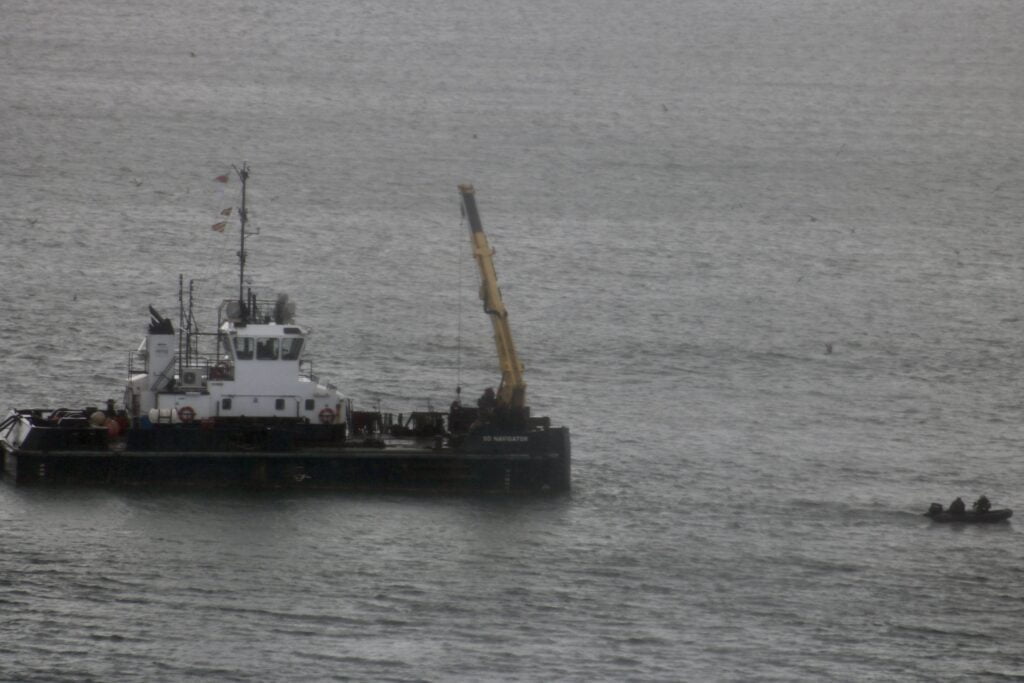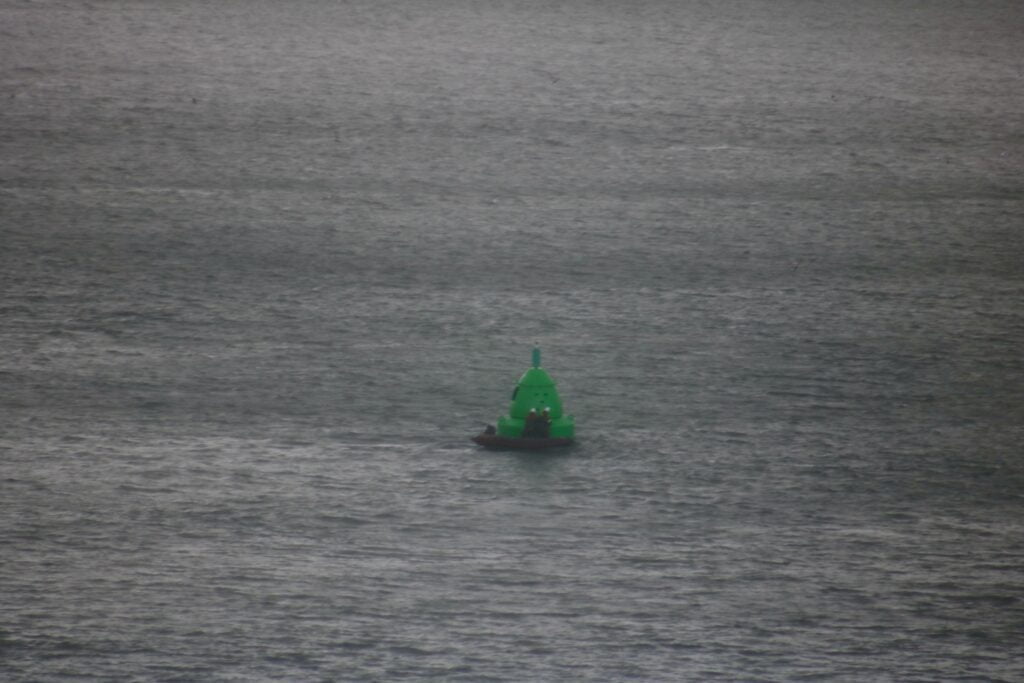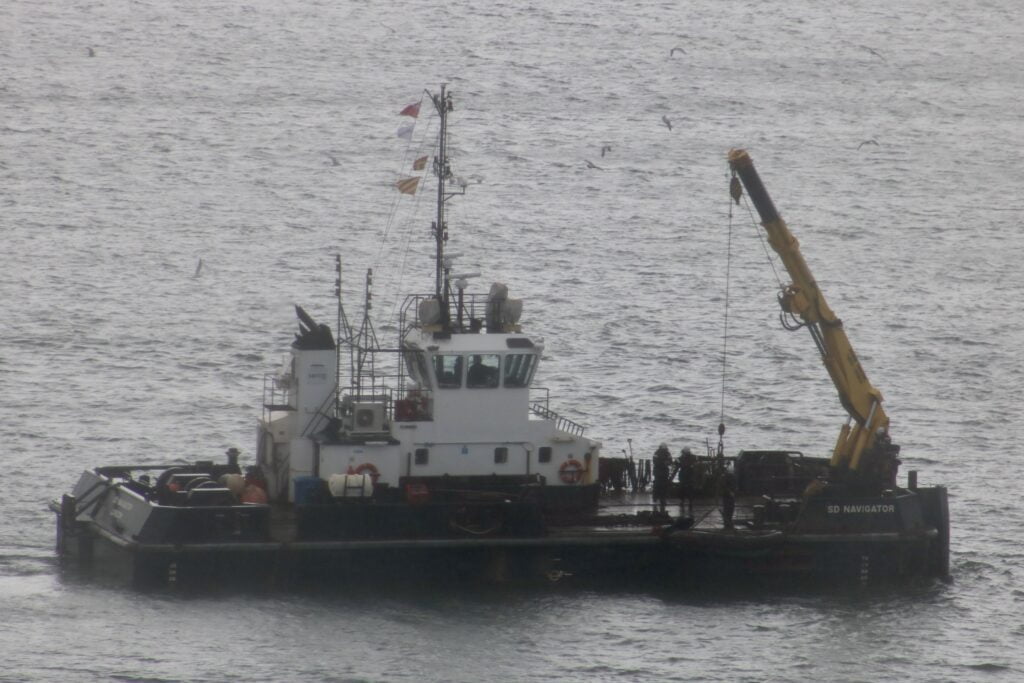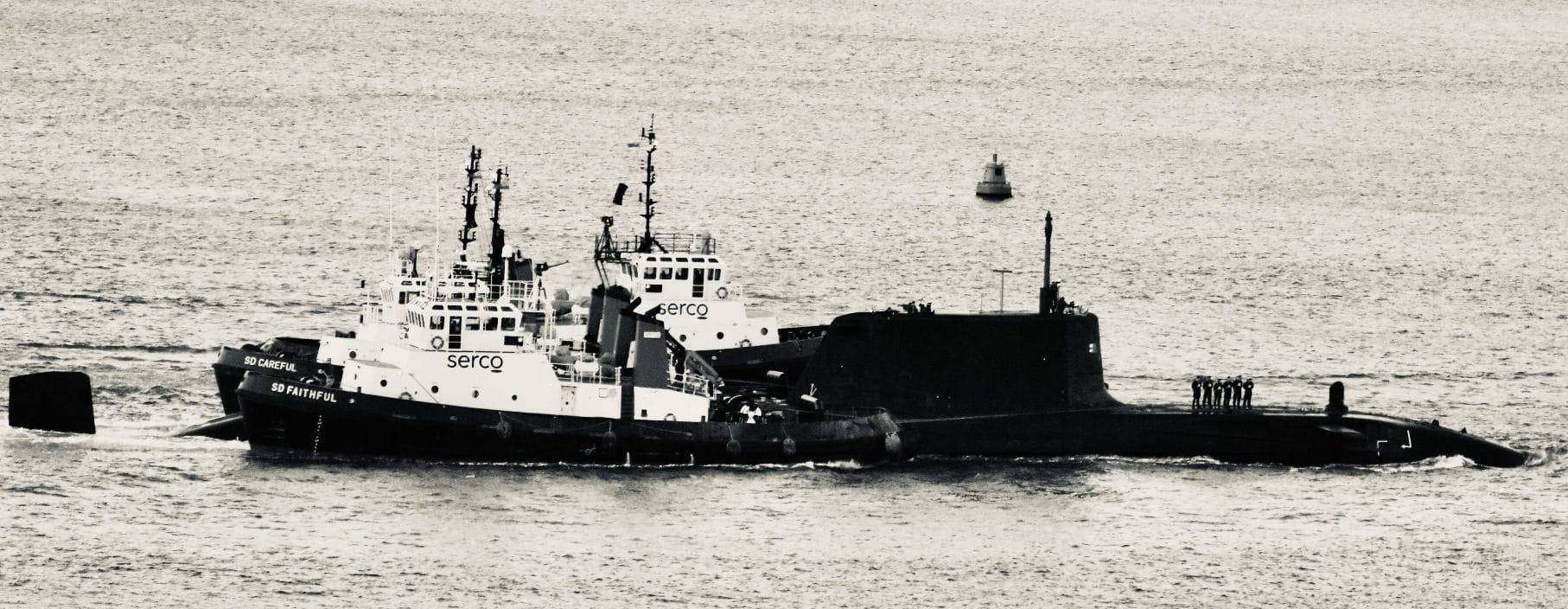The waters around the Sound can be a dangerous place without the right knowledge, equipment, and safety aids in place.

A Serco team on the tug SD Navigator was spotted on our live webcam this morning working on a Green Buoy on the Hoe and highlighting the all-year-round maintenance of the navigational buoys, beacons, and markers positioned around one of the world’s greatest natural harbours.
The Sound’s narrow navigating channels have always been a challenge for mariners for many centuries, and the warning aids alert seafarers to any dangers, determining their position to land, and guiding to hazards or hidden dangers nearby.

The variety of navigation buoys and the structures needed in all weathers is very impressive indeed, and quite an image at night with the zigzag of flashing lights viewed on our 24-hour live streaming webcam.
All navigational buoys and lights around the world come under the jurisdiction of the International Association of Marine Aids to Navigation and Lighthouse Authorities.

The organisation is responsible for ensuring navigation aids are recognised globally and reliable in all conditions.
Over many decades, navigational aids have been physical, such as buoys, beacons, and lighthouses, and are changing all the time.
LED lights are helping to reduce power consumption and improve visibility, while solar panels are being used to power buoys.
Navigation buoys are also increasingly being fitted with sensors that can detect and transmit the flow rate of water and wind, enabling navigators to predict accurate set and drift.
Buoys and channel markers can even flash together in sequence, improving the dentification of a channel by creating a runway effect and linked with a radio signal or GPS timing.




